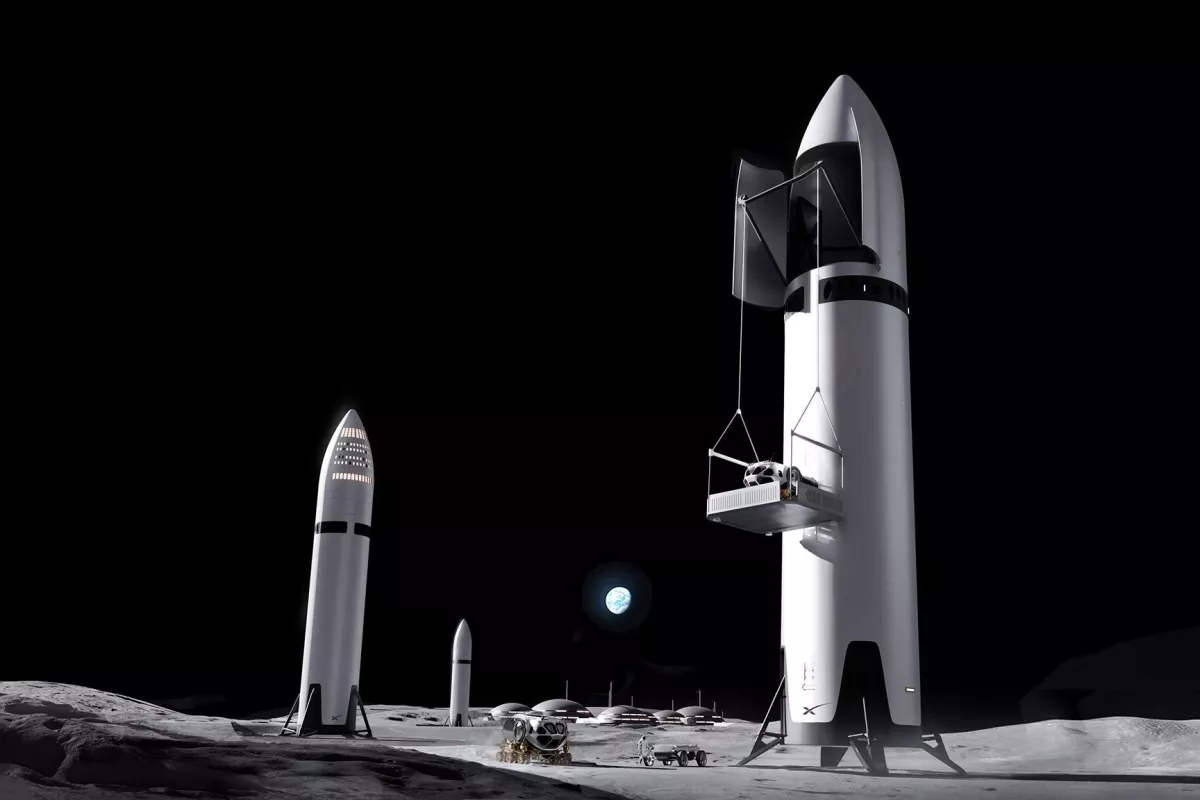SpaceX has announced a new, simplified plan for a lunar lander aimed at facilitating a quicker return of U.S. astronauts to the Moon. This development comes in response to delays and challenges faced by NASA’s Artemis program, which seeks to establish a permanent human presence on the lunar surface. The program has encountered significant hurdles, including technical difficulties and escalating costs.
NASA’s ambitious Artemis program aims to send astronauts back to the Moon, but delays in the development of the lunar lander have raised concerns. A critical component of this initiative, the lander has been troubled by setbacks, making it a bottleneck in the overall mission timeline. SpaceX’s initial proposal involved creating a lander based on its experimental Starship rocket, designed to deliver as much as 100 tonnes of supplies to the lunar surface. This would require multiple launches to transfer essential materials to support a sustainable base.
In October 2025, NASA’s Acting Administrator, Sean Duffy, called for expedited progress on the lander project, inviting direct competition between SpaceX and Blue Origin. As a result, SpaceX was required to submit revised plans to NASA by October 29, 2025.
New Design Focused on Speed and Safety
In light of these developments, SpaceX has unveiled a more streamlined design for its lunar lander. The revised plan prioritizes crew safety and mission speed over maximum cargo capacity. The new design involves a simplified version of the Starship, featuring expendable tanks and other components to reduce weight.
Additionally, the original plan to rendezvous in a Near-Rectilinear Halo Orbit (NRHO) has been replaced with a rendezvous in low-lunar orbit, which is less energy-intensive and offers improved safety in the event of a mission abort. These changes aim to simplify the hardware and facilitate quicker approvals for the systems onboard.
SpaceX has also announced plans to modify the Starship by adding two new airlocks, each larger than those on the Apollo Lunar Module, and a hoist that will allow astronauts to descend to the lunar surface more safely and efficiently, avoiding the need for a lengthy ladder descent.
Reducing Fueling Requirements
The revised plan significantly cuts the number of fueling trips necessary for a successful landing mission. SpaceX aims to reduce this requirement to fewer than 10 trips, which will streamline logistics and enhance mission feasibility.
In a statement, SpaceX emphasized its commitment to the Artemis program, stating, “Starship continues to simultaneously be the fastest path to returning humans to the surface of the Moon and a core enabler of the Artemis program’s goal to establish a permanent, sustainable presence on the lunar surface.” The company reiterated its dedication to expediting the mission, reflecting the same urgency that characterized its previous collaboration with NASA under the Commercial Crew program.
As the race to the Moon intensifies, the success of this new lander plan will be crucial for SpaceX and NASA’s shared goal of returning humans to lunar soil. With the timeline for the Artemis program now under closer scrutiny, the next steps taken by SpaceX will be pivotal as they strive to meet the revised deadlines and ensure a successful lunar return.
